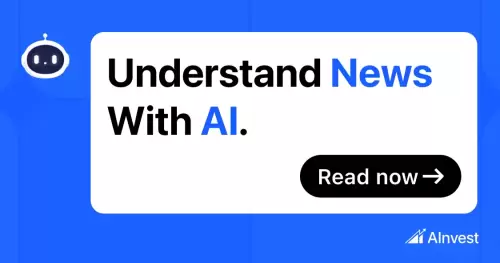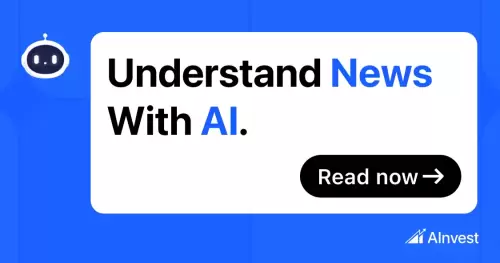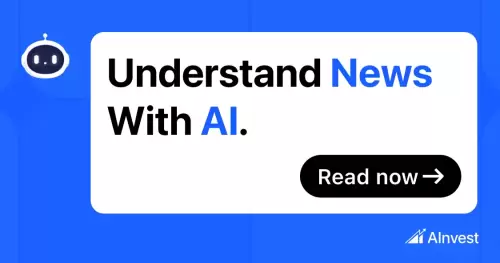DeepSeek's nano-vLLM offers a streamlined, open-source alternative to traditional LLM inference engines, prioritizing simplicity and speed. It is designed for research, education, and small-scale deployments.

nano-vLLM: A Lightweight, Open-Source vLLM for the Masses
The world of Large Language Models (LLMs) is constantly evolving, with new tools and frameworks emerging all the time. The latest exciting development? DeepSeek Researchers have unveiled nano-vLLM, a minimalistic, efficient, and open-source implementation of the vLLM engine. This innovation aims to democratize access to LLM technology, focusing on simplicity, speed, and transparency.
What is nano-vLLM?
nano-vLLM is essentially a lightweight version of the vLLM (virtual Large Language Model) engine. Built from scratch in Python, this project boils down high-performance inference pipelines to a concise, readable codebase of around 1,200 lines. Despite its small size, it rivals the inference speed of the original vLLM engine in many offline scenarios.
Why is this important?
Traditional inference frameworks, like vLLM, can be complex, making them difficult to understand, modify, or deploy in resource-constrained environments. nano-vLLM addresses these challenges by being lightweight, auditable, and modular. It’s designed as a clean reference implementation, shedding unnecessary complexity while maintaining core performance.
Key Features of nano-vLLM
- Fast Offline Inference: Achieves near-parity with vLLM in raw offline inference speed.
- Clean and Readable Codebase: Implemented in ~1,200 lines of Python, making it an excellent educational tool.
- Optimization Suite: Includes optimization strategies to maximize throughput.
Use Cases and Limitations
nano-vLLM shines in research experiments, small-scale deployments, and educational settings. It is perfect for those seeking to understand the inner workings of LLM inference systems or to build their own variants from scratch. However, it's important to note that nano-vLLM intentionally omits advanced features found in production-grade systems to maintain its clarity and performance in single-threaded offline scenarios.
A Broader Trend: Open Source in the Mining Industry
While nano-vLLM focuses on LLMs, the spirit of open-source is spreading across other tech sectors as well. Stablecoin issuer Tether, for example, plans to open-source its Bitcoin Mining Operating System (MOS). This move aims to reduce barriers to entry for smaller mining firms and decentralize the Bitcoin network. Tether’s MOS, built with a scalable, peer-to-peer IoT architecture, will allow companies of all sizes to access and operate mining infrastructure independently.
Final Thoughts
nano-vLLM is a testament to the power of simplicity and transparency in technology. It’s not trying to replace full-featured inference engines, but it excels as a fast, understandable, and modular alternative. For anyone curious about the nuts and bolts of modern LLM inference, nano-vLLM is a fantastic starting point.
So, go ahead, dive into the code, and start building! Who knows, you might just create the next big thing in the world of LLMs.











































































